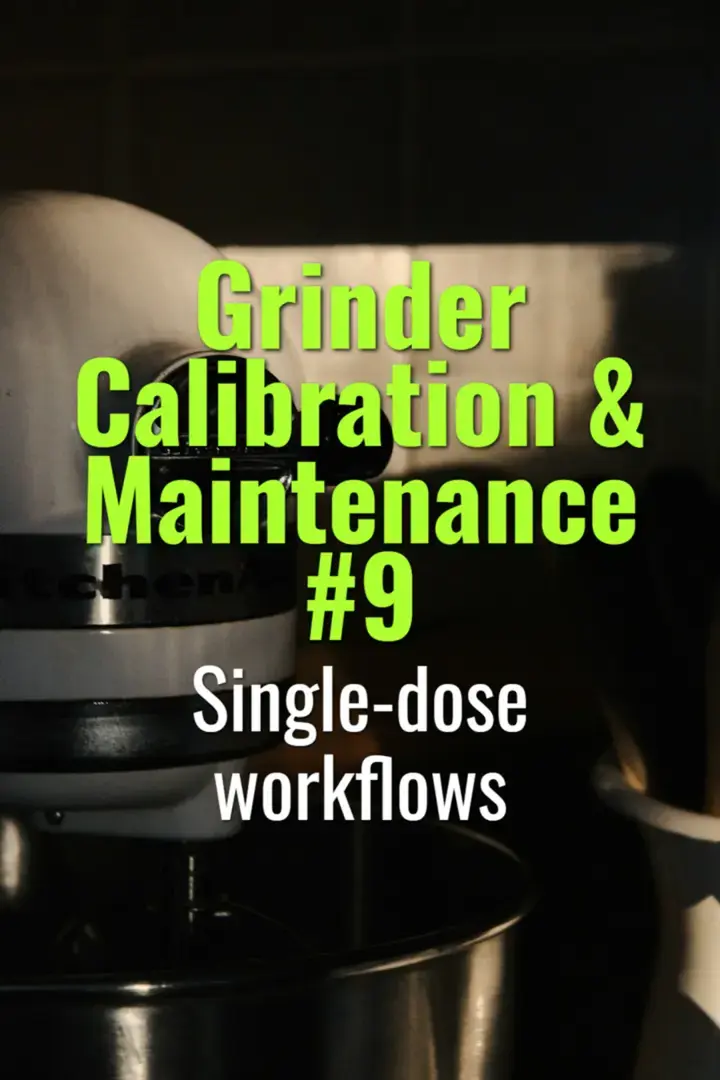Single-dose workflows
How to design and execute single-dose grinding workflows for precision, freshness, and minimal retention.
- Coffee Basics Nerds
- 2 min read
Article 9 of 12 in Grinder Calibration & Maintenance/

What is Single-Dosing?
- Loading only the exact amount of beans per brew into the grinder.
- No hopper storage—grinder runs empty between uses.
- Prioritizes freshness, accuracy, and retention control.
Advantages
- Freshness: Beans stay sealed until use.
- Precision: Exact weight-in = weight-out workflow.
- Flexibility: Easy to switch between coffees.
- Retention Control: Less risk of old coffee mixing in.
Workflow Steps
- Weigh Dose: Measure beans to recipe target (e.g., 18.0 g).
- RDT (Optional): Lightly mist beans to reduce static.
- Load & Grind: Place beans directly into burr chamber.
- Purge/Blow-Out: Use bellows or puffer to clear retained grounds.
- Weigh Output: Confirm yield matches input.
Challenges
- Some grinders are designed for hopper-fed workflow, causing popcorning (beans bouncing, leading to uneven feed).
- Retention may still occur in chute without bellows.
- Grind speed may be slower compared to loaded hoppers.
Optimization Tools
- Bellows Mods: Clear retained grounds.
- Weight-In/Weight-Out Logging: Improves recipe repeatability.
- Single-Dose Conversions: Aftermarket hoppers and chutes designed for minimal retention.
- Anti-Popcorning Devices: Mesh or weights to keep beans feeding evenly.
Use Cases
- Home Brewing: Popular for enthusiasts switching between coffees.
- Specialty Cafés: Useful on sample bars or for rare coffees.
- Production Settings: Less common due to slower workflow, but useful for QC.
Summary
Single-dose workflows maximize precision, flexibility, and freshness by weighing beans individually and clearing retention after every grind. With the right tools—bellows, RDT, and anti-popcorning devices—single-dosing can deliver consistent, clean extractions tailored to each coffee.